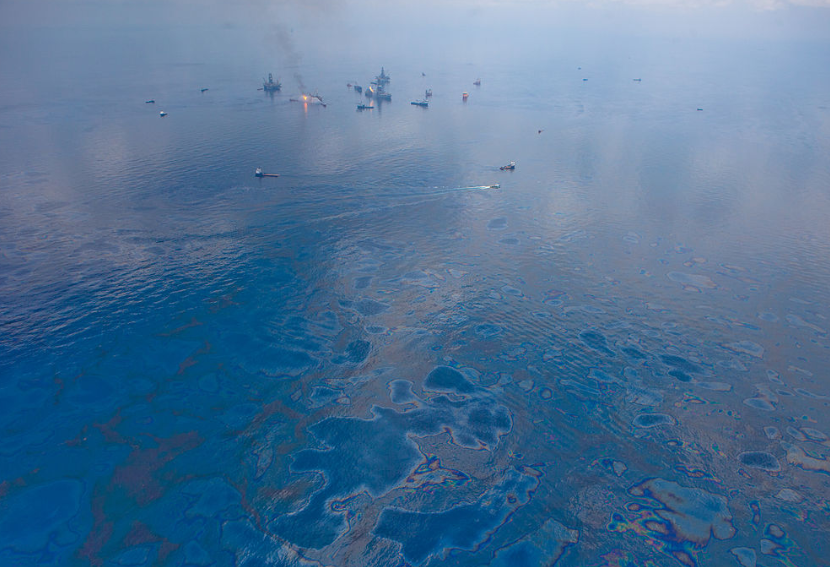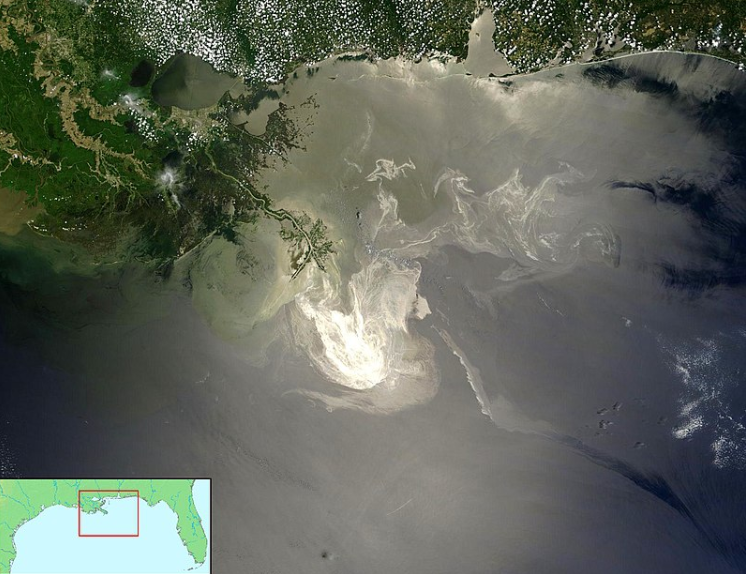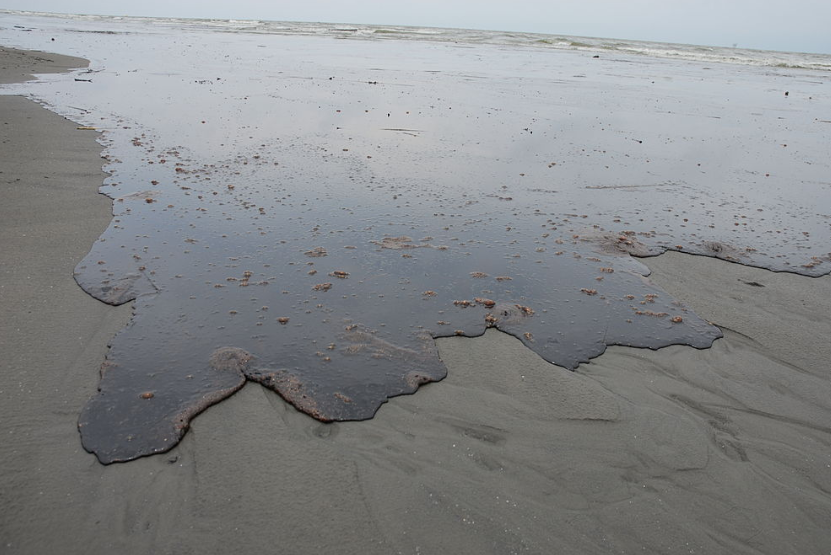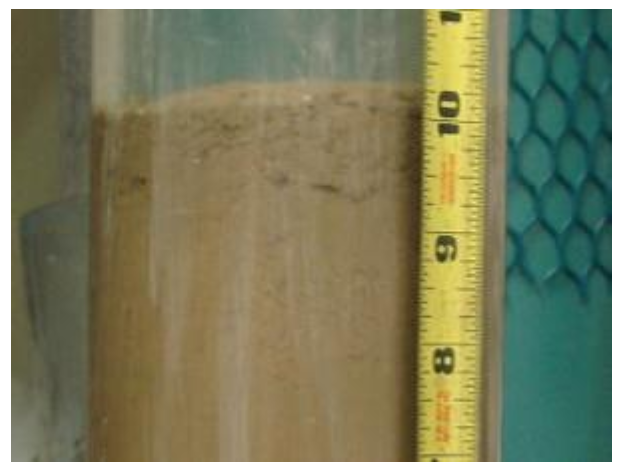Oil contaminated ocean surface and ocean floor
Deepwater Horizon Oil Spill
The spill was also notable for the volume of Corexit oil dispersant used and for application methods that were “purely experimental. Altogether, 1.84 million US gallons (7,000 m3) of dispersants were used. Corexit has been shown to exert a synergistic effect when mixed with oil, increasing its toxicity.[studies]
Researchers continue to examine the effects and effectiveness of Corexit. Studies have so far indicated that the dispersant is toxic to marine life.
According to the EPA, Corexit was 54.7% effective in the dispersion of Louisiana crude oil.
There are other dispersants but all of them chemicals and harmful for the environment.
In December 2012, a study found that Corexit may have been unnecessary because the leaking jet of oil at the wellhead had sufficient turbulence to disperse the oil without chemical dispersant.
But the truth is: another study shows, the oil from the surface went down to the seafloor up to 4000 ft and made the bottom of the ocean acidic.
The following videos below show and prove the effectiveness of our absorbent formula, BRA(i)nsynox.
This formula absorb the oily substances on the surface in touch, completely, approximately in 1 hour. The method on the video by absorbing pad (our formula in it), is just one the videos is just one of we work with. We do have several other methods.
This is the way how we clean oil from surface water with our invention and materials. We also have various technologies.
This is the way how we clean the ocean floor from oily sediments and acids with our enzymatic hydrophobic powder
This is the way how we clean the surface of water from oily sediment and acids demonstrated with used motor oil
Additionally, our enzymatic hydrophobe powder cleans oil-contaminated soil by our special technology.









